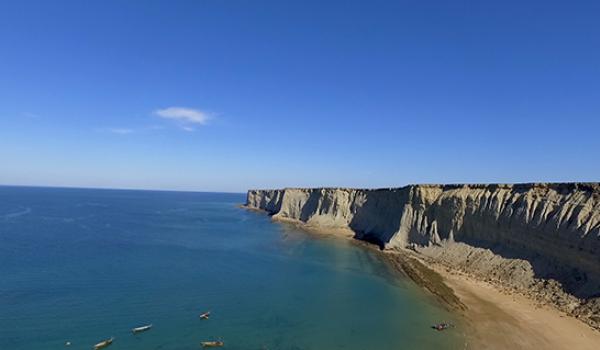The IUCN World Declaration on the Environmental Rule of Law was drafted by a team of World Commission on Environmental Law (WCEL) members at the 1st IUCN World Environmental Law Congress in April 2016 in Rio de Janeiro, Brazil, on the basis of a wide range of consultations prior to and during the Congress. It was adopted by consensus in the final stages of the Congress, and later finalized by the Steering Committee of the IUCN World Commission on Environmental Law. As noted in a postscript to the Declaration, it ‘does not represent a formally negotiated outcome and does not necessarily reflect the views of any member of the Steering Committee or any individual, institution, State, or country, or their institutional positions on all issues.’
The Preamble to the Declaration sets out the goal of building the environmental rule of law as the legal foundation for environmental justice and contains a number of paragraphs recognising that humanity exists within nature and that all life depends on the integrity of the biosphere and the interdependence of ecological systems. It emphasises the anthropogenic stresses on the Earth, the close relationship between human rights and environmental conservation and protection, and the fundamental importance of ecological integrity. It also recognises the contribution of environmental law principles to the development of legal and policy regimes for conservation and sustainable and supports the evolution of such principles. The Preamble also respects the importance of indigenous knowledge and cultures, and that education and empowerment of women and girls is fundamental. It further recognises the existing gaps and shortcomings that prevent environmental law from achieving adequate environmental conservation and protection and addressing environmental crimes. Finally, it observes the essential role that judges, and courts play in building the environmental rule of law.

